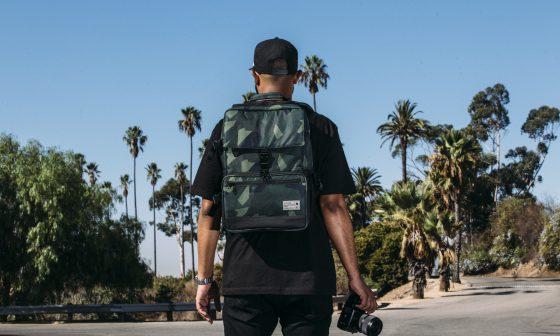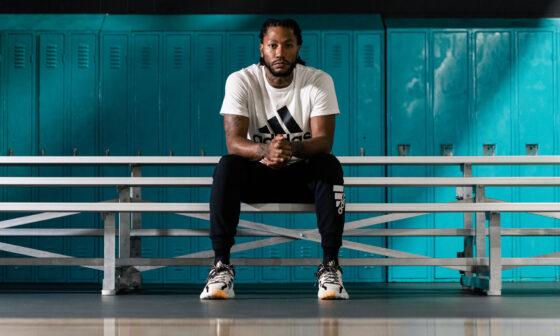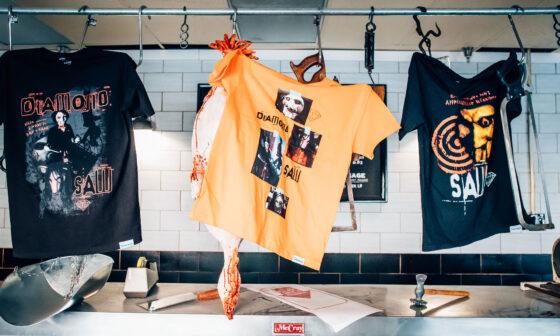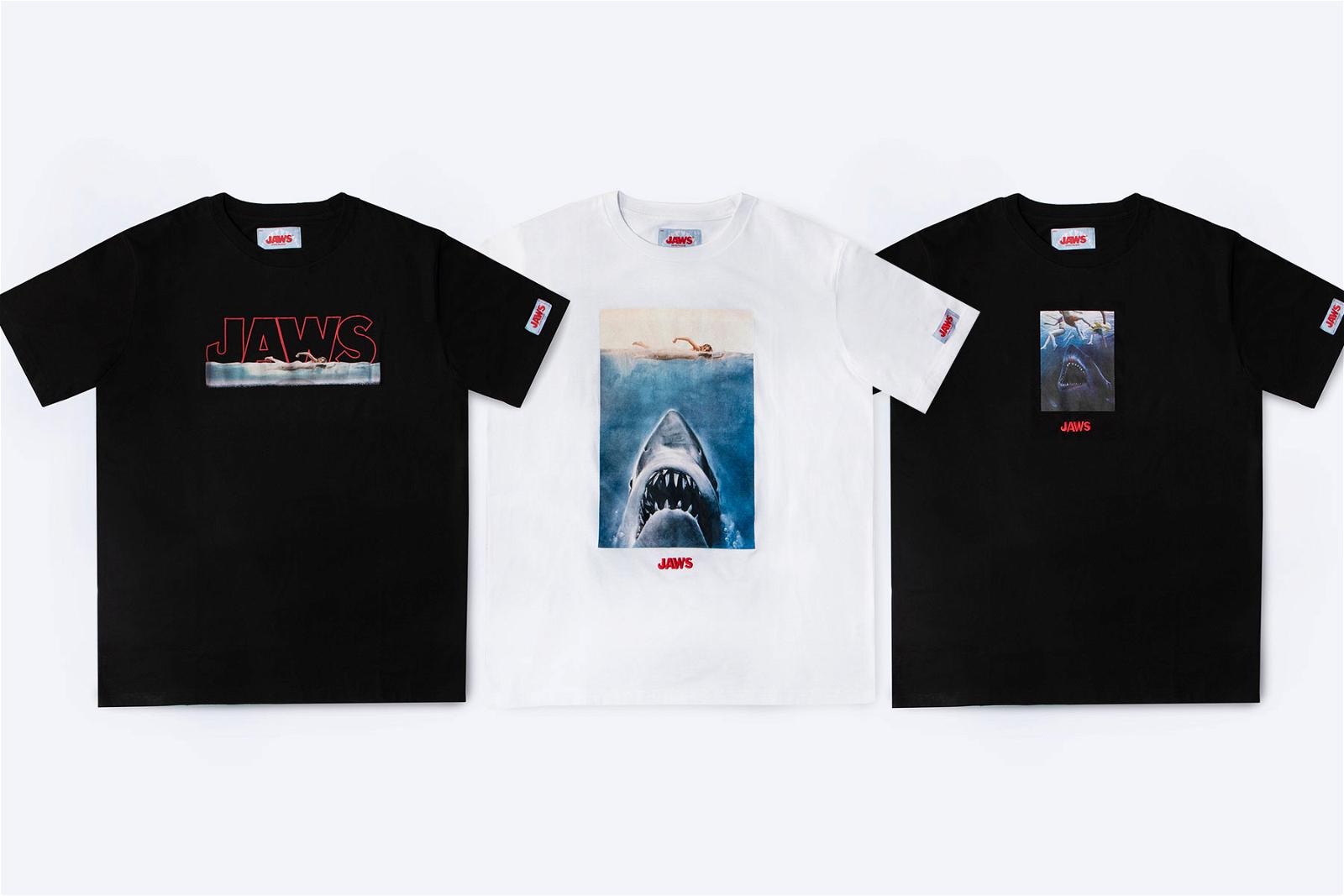Hip-hop fashion has come a long way from its humble beginnings in the streets of New York. Over the decades, it has evolved into a global phenomenon, influencing the world’s top designers, brands, and style enthusiasts. From the oversized, baggy jeans of the ‘80s and ‘90s to the high-fashion collaborations we see today, hip-hop’s influence on fashion is undeniable. Let’s take a closer look at how this dynamic genre has transformed the fashion landscape.
1. The Birth of Hip-Hop Fashion: Baggy Jeans and Street Style
In the 1980s, the hip-hop movement was born in the Bronx, New York, and with it came a distinctive fashion style. The early days of hip-hop fashion were all about self-expression, with oversized clothing, heavy gold chains, and bold colors setting the tone. Baggy jeans, oversized t-shirts, and Adidas tracksuits were staples for many artists during this era. Icons like Run-D.M.C. popularized the Adidas Superstar sneakers, famously rapping about their love for the brand in “My Adidas” (source: Complex).
In these early years, fashion was an extension of the rebellious spirit of the hip-hop movement. It wasn’t just about style; it was a statement. Wearing oversized clothes and baggy jeans was seen as a way to challenge societal norms and assert independence.

2. The ‘90s: Designer Brands Enter the Scene
By the 1990s, the influence of hip-hop was undeniable, and high-end designer brands began to take notice. Artists like Tupac Shakur and The Notorious B.I.G. helped to introduce luxury brands like Versace, Tommy Hilfiger, and Polo Ralph Lauren into the hip-hop wardrobe. Rappers flaunted their success by mixing streetwear with luxury, showing the world that hip-hop had the power to influence mainstream fashion.
Tommy Hilfiger, in particular, became a favorite among rappers and hip-hop fans alike. Aaliyah and Snoop Dogg were often seen rocking oversized Hilfiger gear, pushing the brand into the cultural spotlight. The popularity of these luxury brands among hip-hop artists further emphasized the genre’s growing influence on global fashion (source: Highsnobiety).
3. 2000s: Bling and the Rise of Urban Brands
The early 2000s were defined by the rise of “bling” culture. Rappers like Jay-Z, 50 Cent, and Nelly popularized a more flashy, ostentatious style, dripping in diamonds, oversized chains, and designer labels. Brands like Sean John (founded by Diddy), Rocawear (founded by Jay-Z), and Phat Farm (founded by Russell Simmons) became household names, merging streetwear with hip-hop culture.
These brands were a natural extension of the success stories in hip-hop. They allowed artists to control their fashion narratives while also giving fans an opportunity to adopt a part of the hip-hop lifestyle. This era also saw the widespread influence of Air Force 1 sneakers, solidified by Nelly’s hit song “Air Force Ones,” which brought the iconic shoe further into mainstream fashion (source: GQ).
4. 2010s: Hip-Hop Meets High Fashion
As hip-hop entered the 2010s, it had moved from the streets to the runways. Rappers were no longer just consumers of fashion; they were collaborators and creators. Artists like Kanye West played a significant role in this shift. West’s Yeezy line with Adidas redefined the way streetwear and high fashion could merge. His minimalistic designs, often criticized early on, went on to become some of the most coveted items in the fashion world, commanding high prices and influencing runway trends (source: Vogue).
At the same time, A$AP Rocky helped to push the boundaries of streetwear by collaborating with brands like Dior and Gucci, blending high-end fashion with street style effortlessly. His daring approach to fashion further solidified hip-hop’s role in influencing global trends.

5. 2020s and Beyond: The Luxury Streetwear Boom
Today, the lines between hip-hop, streetwear, and high fashion are more blurred than ever. Hip-hop artists aren’t just wearing luxury brands—they’re creating them. Artists like Travis Scott with his Nike collaborations, and Pharrell Williams with his partnerships with Chanel and Adidas, have helped streetwear become a global movement that even the most prestigious designers want to be a part of (source: Hypebeast).
In 2024, streetwear continues to dominate, and hip-hop’s influence is undeniable. High-end brands like Louis Vuitton, under the creative direction of the late Virgil Abloh, have embraced the streetwear aesthetic, collaborating with artists and pushing the envelope of what luxury fashion can be. Hip-hop is no longer just influencing fashion—it is fashion.
6. The Future of Hip-Hop Fashion
As we move further into 2024 and beyond, hip-hop’s role in shaping fashion shows no signs of slowing down. Sustainability, customization, and digital fashion are becoming important elements in streetwear, and hip-hop artists are at the forefront of these movements. With the growing influence of platforms like Instagram and TikTok, younger generations of artists and influencers are driving trends faster than ever.
Whether it’s through high-end collaborations or new urban brands emerging from the streets, hip-hop will continue to define and redefine fashion for years to come.
Conclusion
From baggy jeans and oversized chains to high fashion collaborations, hip-hop has fundamentally shaped the fashion world. What started as a street movement has grown into a global fashion powerhouse, influencing everything from sneaker culture to luxury brands. As the genre continues to evolve, its influence on fashion will undoubtedly continue, blending creativity, culture, and style in ways that push boundaries.






